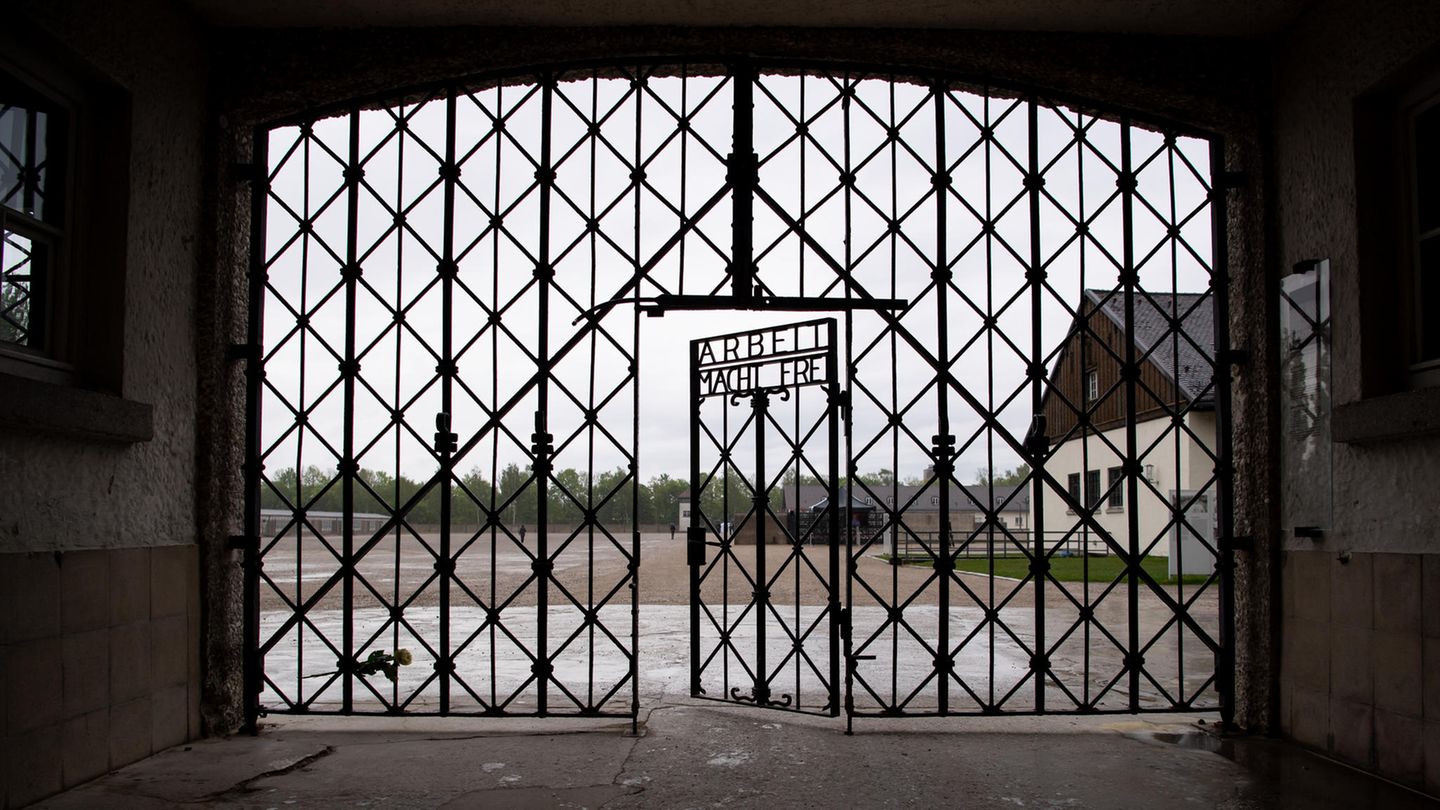Robert Habeck reveals the Nazi past of his ancestors. Most Germans, meanwhile, know little about their own family history during the Nazi era. Five tips to change that.
For the first time, Federal Minister of Economics Robert Habeck (Greens) has spoken about his family’s National Socialist past. In an interview with the magazine “Bunte” he confirmed that his maternal grandfather was a Obersturmführer in the SA. Habeck’s great-grandfather was even part of Adolf Hitler’s inner circle.
It is remarkable that Habeck has now gone public with this. Most Germans may have learned a lot about the period between 1933 and 1945 at school. But they know little about the role of their own family – and if they do, they prefer to keep it to themselves. Historian Angela Borgstedt from the University of Mannheim says: “The image that many people grow up with is that grandpa wasn’t a Nazi. And who likes to look at the skeletons in their own basement?”
This is also shown by a representative survey from 2018. At that time, almost one in five Germans believed that members of their family had helped those persecuted by National Socialism, for example by hiding Jews. In reality, however, historians estimate that this applied to just 10,000 Germans during the Nazi era.
So it’s high time to investigate your own family. With these five tips, you will succeed:
1. Talk to relatives – but carefully
The most important source for finding out more about your own ancestors are relatives. Although only a few people are still alive who were potential perpetrators during the Nazi era, historian Borgstedt says that it is also worth talking to their children. But here too, “I wouldn’t come on too strong. Otherwise the other person will feel pressured to justify themselves.” Then the conversation will quickly be over.
It is better to start with known biographical details. For example: “What did your father actually tell you about when he was in the war?” Once the relative starts talking, it is easier to weave tricky questions into the conversation. Relatives often have old documents or pictures that provide information about life under National Socialism.
2. You only need a little information to get started
If your conversation with family members is not very productive, you can also request documents from the relevant archives. All you need is the person’s name and date of birth.
You can find these on old ID cards or birth certificates, for example. You can also ask the person’s date of birth at the registry office of the place of birth – at least if the birth was less than 110 years ago.
The “Aryan certificate” issued during the Nazi era to persecute minorities can be of particular help in research. It contains family relationships and biographical data. This document may still be lying in so-called “Nazi boxes” in some attics. After the end of National Socialism, some families hid incriminating material in them.
Additional biographical details can help with research, such as the occupation or military unit in which your ancestor served.
3. Please also contact the relevant state archive
The first port of call when searching for files is the Federal Archives. There you can find the NSDAP membership file, which the Allies secured after the Second World War. The chances of finding a match are particularly good if your relative worked in an authority of the German Reich. But also if he or she was of Jewish descent or was active in the resistance. The Nazis also documented this meticulously. In any case, it is worth sending an email to the Federal Archives.
Martin Stingl from the Baden-Württemberg State Archives advises: “I would search both in the Federal Archives and in the relevant state archives to get a complete picture.” The first step is to make a request using the state archives’ online search form. For data protection reasons, however, only people who have been dead for at least ten years are listed there. “If you don’t find anything there, don’t give up, but inquire again by email,” says Stingl. If the archivists find something, you can view the files on site.
For example, you can find files from denazification trials. But these should be viewed with caution. “Rarely has there been so much lying as in these trials,” says Stingl. The statements from that time should therefore be compared with other documents if possible.
4. There are special archives for Nazi victims and prisoners of war
If you suspect that one of your relatives was a victim of Nazism, it is worth searching the “Arolsen Archives”. The world’s largest archive on the victims and survivors of National Socialism is located in Bad Arolsen, Hesse. There you will find documents on concentration camp prisoners, forced laborers and so-called “displaced persons”, i.e. victims of National Socialism who were later cared for by Allied aid organizations.
A quick search in the online archive already provides initial results. Anyone who wants to search the extensive holdings in full must submit a request. This is answered after an average of two months, and a maximum of five. According to their own information, the researchers can answer half of the requests by sending documents, such as prison records. The service is initially free of charge. Fees only apply if many documents have to be digitized.
Another point of contact is the German Red Cross tracing service, which has digitized 50 million index cards. Here, relatives can find out what happened to missing Wehrmacht soldiers and prisoners in so-called gulags, the notorious Soviet labor camps. You can also fill out a form here.
5. Hire a private research service
Anyone who finds research in the archives too tedious or who is stuck can also hire a private research service. “These are historians who already know the archives,” says archivist Stingl. For them, searching is much easier.
Important: Most research services specialize in one archive. It is therefore helpful to first find out where a relative lived during the National Socialist era – and in which archive the documents might be located.
Source: Stern
I have been working in the news industry for over 6 years, first as a reporter and now as an editor. I have covered politics extensively, and my work has appeared in major newspapers and online news outlets around the world. In addition to my writing, I also contribute regularly to 24 Hours World.




